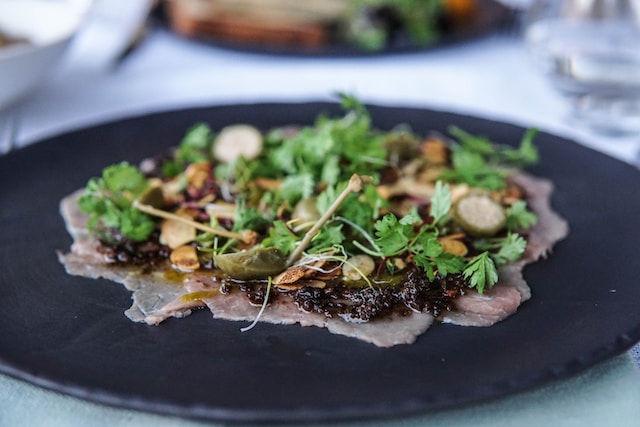
Europe is a melting pot of diverse cultures, and one of the key aspects that unifies its people is their love for food. From the hearty cuisines of Northern Europe to the vibrant flavors of the Mediterranean, the continent boasts a rich culinary heritage that has been influenced by centuries of trade, exploration, and cultural exchange.
Each country in Europe possesses its own unique gastronomic traditions, but there are also common threads that weave through the tapestry of European cuisine. Bread, cheese, and wine are staples that can be found on almost every table, showcasing the importance of these ingredients in the daily lives of Europeans.
Key Ingredients in European Cuisine
European cuisine is rich in diverse flavors and rich traditions, embracing a multitude of ingredients that form the foundation of its beloved dishes. From the vibrant Mediterranean region to the hearty Northern European countries, each corner of Europe offers its own unique take on gastronomy. Let’s explore the key ingredients that unite and define European cuisine, celebrating the simplicity and richness that they bring to the table.
Bread
Bread holds a special place in European cuisine and is considered a staple in almost every meal. From crusty baguettes in France to hearty rye bread in Scandinavia, European countries have perfected the art of bread-making. Whether used as a vehicle for sandwiches, a companion to soups and stews, or simply enjoyed with a slab of butter, bread plays an essential role in European gastronomy.
Cheese
Europeans have a deep-rooted love affair with cheese, and the continent boasts a breathtaking array of artisanal varieties. From the sharp cheddar of England to the velvety Camembert of France and the pungent Gorgonzola of Italy, the diverse range of European cheeses captivates both the palate and the imagination. Whether enjoyed on a cheese board, melted into fondues and gratins, or incorporated into tantalizing pastries, cheese adds depth and complexity to European cuisine.
Wine
Europe has long been celebrated as a wine-producing region, and vineyards dot the landscapes from France’s Bordeaux to Italy’s Tuscany. Wine is not merely a beverage in European cuisine; it is a way of life, a symbol of celebration, and an integral part of social gatherings. From crisp white wines to robust reds, each European country has its own wine culture that perfectly complements the regional dishes and adds a touch of sophistication to meals.
Olive Oil
Olive oil is the liquid gold of Europe, with countries like Italy, Greece, and Spain being renowned for their exceptional olive oil production. Used generously in both cooking and dressing dishes, olive oil brings a distinctive richness and depth to European cuisine. Whether drizzled over salads, used as a base for sauces and marinades, or simply enjoyed with a crusty slice of bread, olive oil elevates the flavors of European dishes to new heights.
Seafood
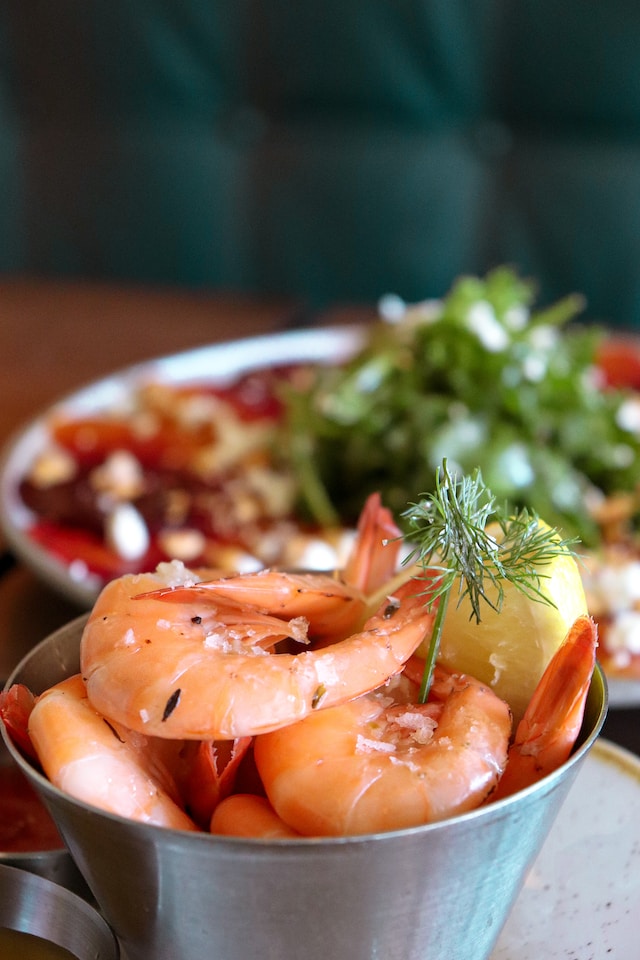
With its vast coastlines, Europe is blessed with an abundance of fresh seafood. From succulent prawns in Spain to briny oysters in France, European cuisine showcases the treasures of the sea in all their glory. Mussels, squid, cod, and salmon make frequent appearances on European menus, prepared in a variety of ways that highlight their natural flavors. Whether grilled, poached, or pan-fried, seafood adds a touch of elegance and freshness to European dishes.
Herbs and Spices
Herbs and spices are the secret weapons that transform European cuisine from ordinary to extraordinary. From the aromatic herbs of the Mediterranean, such as basil, rosemary, and thyme, to the warming spices of Northern Europe, like cinnamon and nutmeg, these flavor enhancers bring complexity and character to dishes. Sprinkled over roasted meats, stirred into sauces, or infused into oils, herbs and spices add a touch of magic that defines European cuisine.
The Hearty Delights of Northern European Cuisine
Nestled amidst picturesque landscapes and enduring harsh winters, Northern European cuisine embraces a rich tradition of hearty dishes that provide comfort and sustenance. The cuisines of countries like Germany, Poland, and Sweden share a common thread of utilizing ingredients that thrive in colder climates, resulting in robust and nourishing meals.
In this region, agriculture plays a vital role in shaping the culinary landscape. Potatoes, root vegetables, and grains such as rye and barley form the foundation of many dishes. They are celebrated for their ability to sustain and nourish during the long, cold winters that grip the region.
Hearty Fare for Cold Days
Comfort food takes center stage, and dishes like bratwurst with sauerkraut, schnitzel, and pierogis warm both the body and soul. Sausages and cured meats, often seasoned with spices like caraway and mustard seeds, provide a burst of flavors and are served alongside pickled vegetables and hearty bread.
Homemade Traditions
Northern European cuisine also boasts a strong tradition of homemade delicacies and preserving techniques. From homemade jams and pickles to smoked fish and sausage-making, families pass down recipes for generations, infusing their dishes with a sense of heritage and nostalgia.
Sweet Endings
In the realm of desserts, the north is not to be underestimated, offering delights such as the German Black Forest cake and Swedish cinnamon buns. These treats showcase the skillful use of local ingredients, spices, and techniques, resulting in confections that are both indulgent and satisfying.
Toasting with Flavors
No discussion of Northern European cuisine can be complete without mentioning the region’s love for beer and spirits.
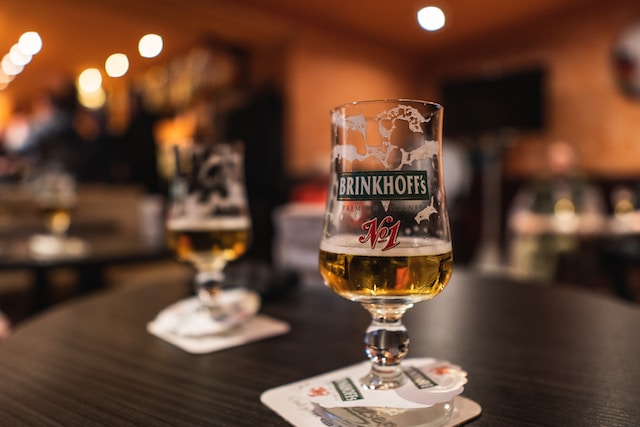
From Germany’s renowned beer gardens to Poland’s vodka traditions, libations play a significant role in social gatherings, with each country showcasing its unique brewing and distilling methods.
While preserving time-honored recipes, Northern European cuisine is also experiencing a modern revival. Talented chefs are experimenting with innovative cooking techniques, introducing new ingredients, and infusing their dishes with international influences. This culinary renaissance ensures that traditional flavors endure while embracing the ever-evolving nature of gastronomy.
Mediterranean Magic
The Mediterranean region is a treasure trove for food enthusiasts, where the bright sun, crystal-clear waters, and fertile lands combine to create a culinary paradise. From the sun-drenched vineyards of Italy to the olive groves of Greece, the diverse cuisines found along the Mediterranean coastline are a reflection of the region’s rich history, passion for fresh ingredients, and the celebration of life through food.
Italia’s Culinary Masterpieces
Italy, with its unrivaled culinary heritage, showcases an array of dishes that have conquered the palates of food enthusiasts worldwide. From the simplicity of spaghetti aglio e olio to the complexity of risotto alla Milanese, Italian cuisine is a testament to the artistry of combining a few high-quality ingredients to create something extraordinary. The crispy, thin-crust pizzas of Naples and the rich flavors of fresh pasta dishes like carbonara and lasagna are culinary delights that transport diners to the heart of Italy with every bite.
Greek Gastronomy
Greek cuisine is an ode to simplicity, focusing on the quality and freshness of ingredients. Mezedes, a wide selection of small plates, is a central feature of Greek dining, allowing diners to savor an assortment of flavors in a single meal.
From the tangy tzatziki to the creamy feta cheese, Greek meze offers a delectable variety of tastes that are perfect for sharing with family and friends. Don’t forget to indulge in a traditional Moussaka or a flaky Spanakopita, showcasing the bold flavors of Greek cuisine.
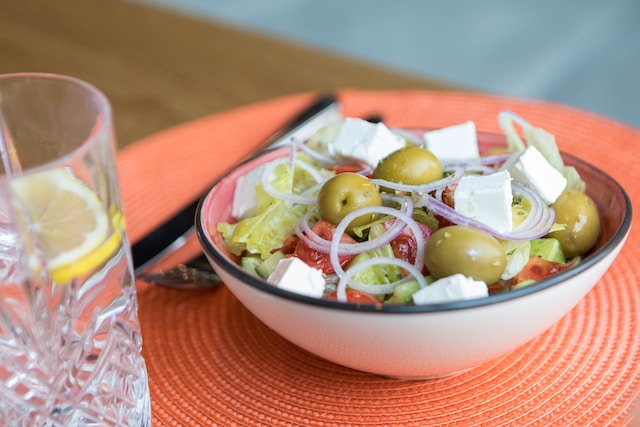
The Mediterranean Melting Pot
The bounty of the Mediterranean Sea is celebrated in the cuisine of coastal regions such as Spain, France, and Portugal. From the iconic Spanish paella to the delicate flavors of French bouillabaisse, seafood takes center stage, captivating taste buds with every mouthwatering bite. Freshly caught fish and succulent shellfish are cooked using traditional methods that preserve their natural flavors, while aromatic herbs and spices add depth and complexity to the dishes.
Western European Cuisine
Western Europe is a captivating region that encompasses countries like France, Spain, Italy, and the United Kingdom. Each country in this culinary tapestry offers its own unique flavors, traditions, and techniques. From refined French cuisine to the robust flavors of Spanish tapas, Western European cuisine is a testament to the diversity and excellence that can be found across the continent.
French Delicacies
French cuisine is renowned worldwide for its elegance and sophistication. With a strong emphasis on technique and presentation, French dishes are often celebrated for their exquisite flavors and artful compositions. Classic dishes like coq au vin, bouillabaisse, and quiche Lorraine showcase a marriage of flavors that delight the palate. The French also have a strong tradition of artisanal cheese making, and no meal is complete without a carefully selected cheese course.
Spanish Tapas
Spain’s culinary landscape is a vibrant tapestry of flavors that come alive in the form of tapas. Tapas are small, shareable plates that encompass a wide range of tastes, from succulent calamari to indulgent croquetas. These bite-sized delights are meant to be enjoyed with friends over a glass of sangria or a refreshing caña (small beer). Spanish cuisine also celebrates the bold flavors of ingredients like saffron, paprika, and olive oil, which infuse dishes like paella and gazpacho with a distinctive Mediterranean flair.
British Fare
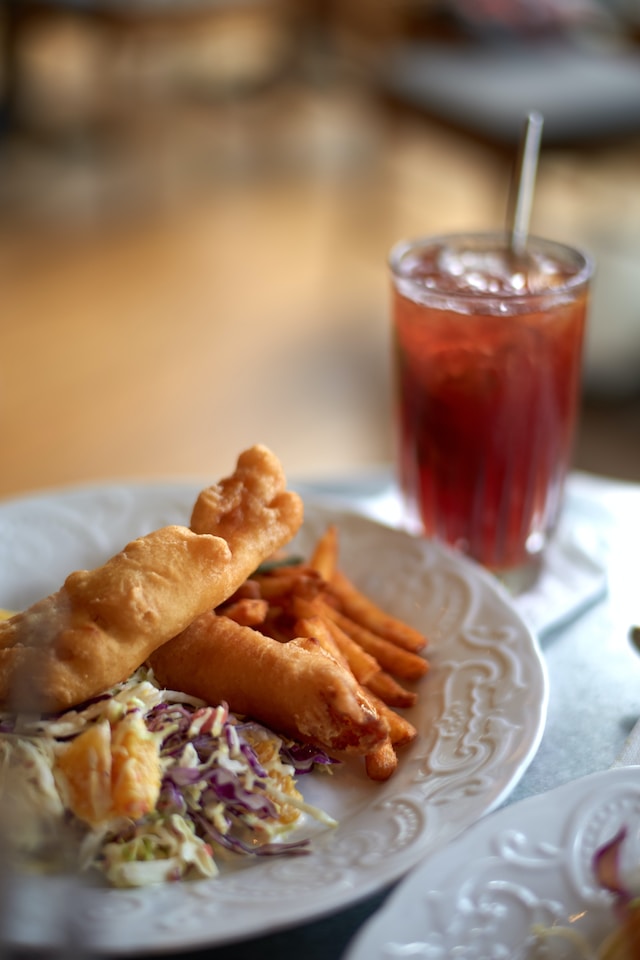
British cuisine showcases a fusion of traditions that have evolved over centuries. From the quintessential fish and chips to the comforting shepherd’s pie, British cuisine is known for its hearty and comforting flavors. Traditional pub fare, such as bangers and mash, is served alongside a pint of ale, embodying the convivial spirit of British dining. Additionally, high tea remains a cherished tradition, with delicate pastries, scones, and a wide variety of teas taking center stage.
Pastries and Desserts
Western Europe is also home to a wide array of delectable pastries and desserts. From France’s buttery croissants and macarons to Italy’s creamy tiramisu and cannoli, the region offers a myriad of sweet indulgences. British desserts, such as sticky toffee pudding and jam-filled Victoria sponge cake, showcase a nostalgic charm. These desserts are often enjoyed with a cup of tea or a shot of espresso, offering a moment of indulgence in the midst of a busy day.
In recent years, a growing emphasis on sustainability and organic farming has infused European cuisine with a newfound appreciation for locally sourced and seasonal ingredients. This focus on quality ingredients has helped preserve traditional recipes while pushing boundaries with innovative techniques and combinations.
Whether you find yourself savoring a rustic German schnitzel, indulging in a Spanish paella, or partaking in a French feast, European cuisine offers a gastronomic adventure like no other. So, pull up a chair, grab a fork, and embark on a culinary journey through the diverse flavors and rich traditions that define the food of Europe.
